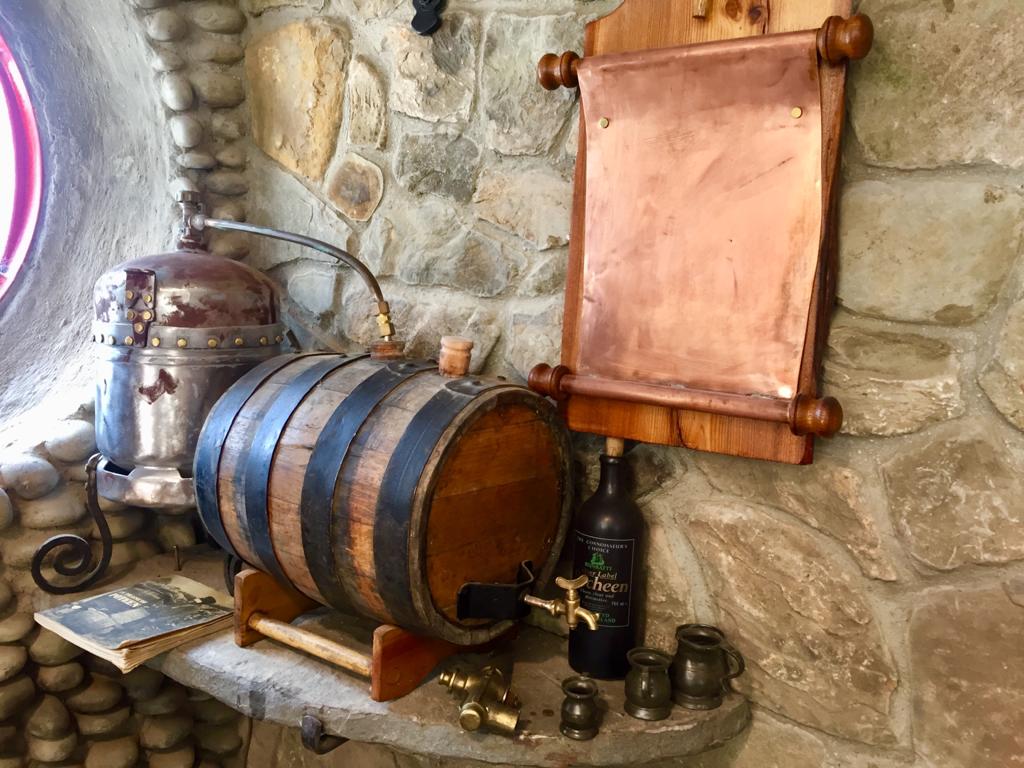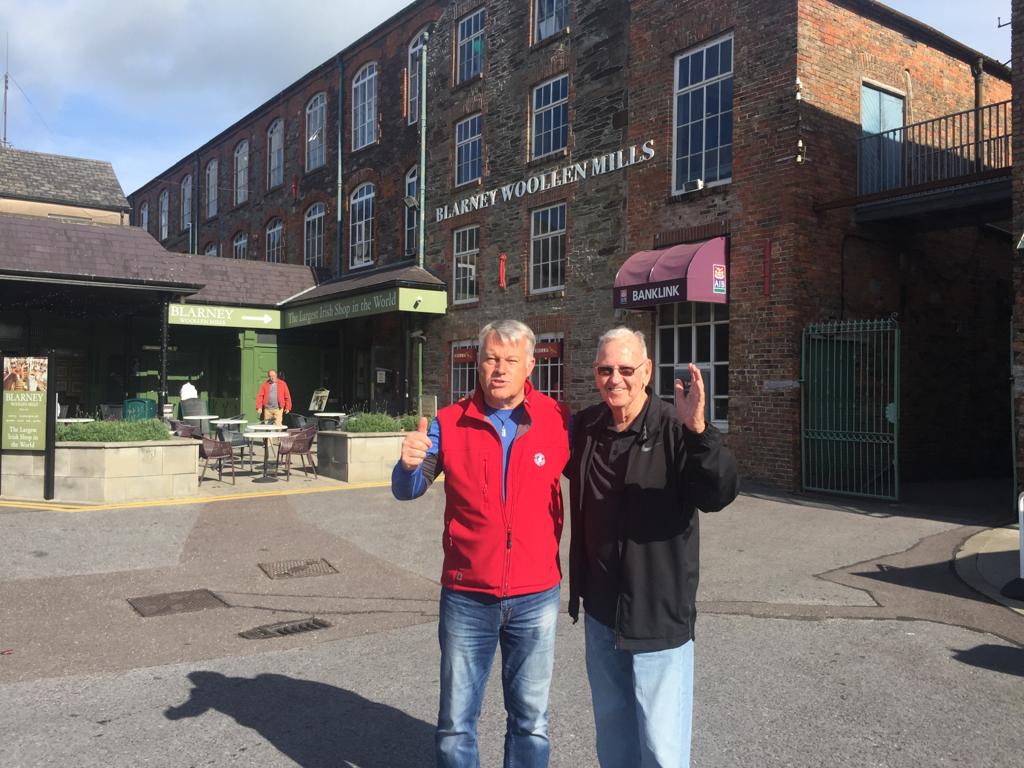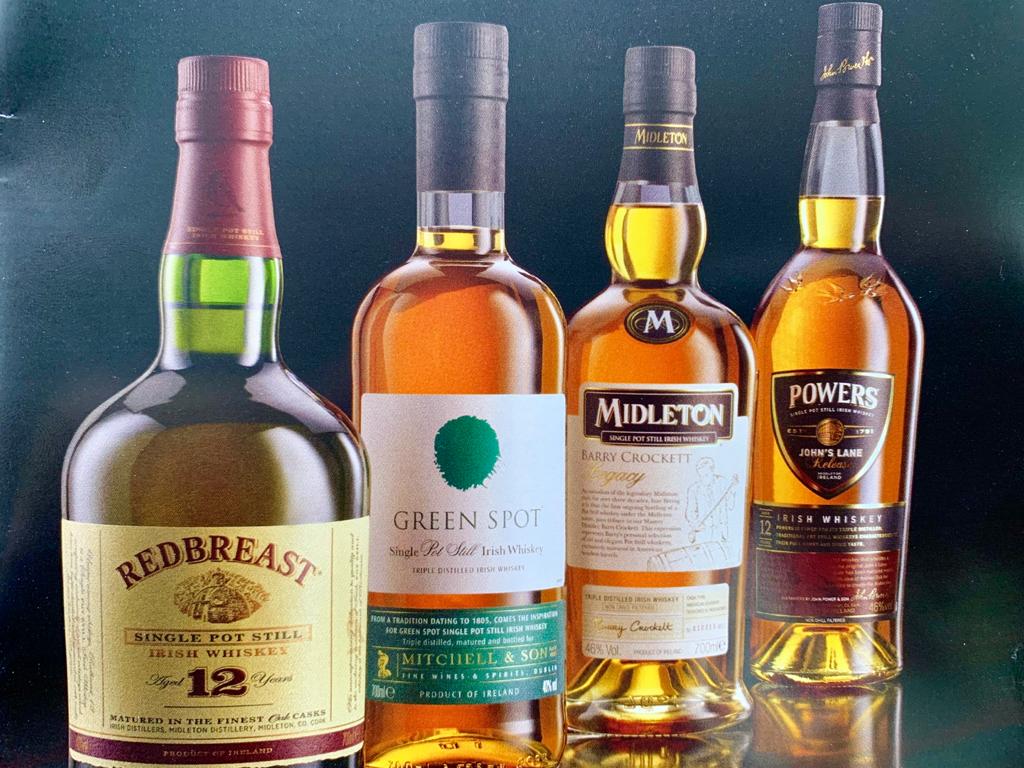Irish Whiskey and the Ice Age – Is there a connection?
Ireland, as a result of being carved by the slow movement of glaciers through its bedrock, evolved into the nature made work of art we all enjoy today. With its distinctive mountains and valleys, it was only a matter of time before inhabitants realized the rugged landscape made the perfect hiding places for the once illicit practice of distillation. In this month’s blog, Killarney Guided Tours explores the connection between the last Ice Age and how it may have contributed to the production of something we know and love today, “Irish Whiskey.“
The practice of distilling was deemed illegal in Ireland early on and so, the natural cover provided by the mountains and valleys quickly became the best hiding places to be found. The glaciated mountains and valleys of Ireland were, as a result, inhabited by these early distillers. Poitin (Potcheen) or “mountain dew” is a traditional Irish distilled beverage that the rouge distillers first developed. A colourless whiskey was made from grain, sugar and beet or potatoes with the alcohol by volume reaching upwards of 90% - a lethal concoction indeed.
Irish Whiskey
Ireland is, of course, now known worldwide for its smooth blend of whiskey. The name whiskey comes from the Gaelic words “uisce beatha“ or “water of life.” Irish whiskey was once the most popular spirt in the world, but for many reasons, including the Irish Famine or Great Hunger, the popularity of Irish whiskey went into decline. Irish whiskey production has been strictly licensed since the early 1600 with Bushmills in Northern Ireland claiming to be the oldest licensed distillery in Ireland, if not the world. Whiskey was so popular in 1823 that Middleton Distillery in County Cork opened a pot still with a mind blowing volume of 31,618 gallons. During a tour of this wonderful distillery you can view this pot still which remains onsite. Remarkably, in the pre-famine years, Dublin alone was producing 10 million gallons of whiskey per annum.
It is almost unimaginable to believe that in the 1960’s only two distilleries called Ireland home. Now, Ireland having seen a resurgence in whiskey’s popularity, has the fastest growing spirit sales in the world. If you haven’t had the pleasure of trying it for yourself, you are in for a treat as Irish whiskey is best described as smooth when compared to Scotch from our neighbours to the East in Scotland (who by the way spell whiskey without the “e” as Whisky).
Touring
It's been said that “consumption is the final phase of distillation.“ And so, Ireland having been born of glaciers and home to the early, rouge whiskey makers, provides a stunning backdrop for your tours with Killarney Guided Tours. Many of the distilleries in Ireland provide excellent, informative and fun guided tours. On tour with Killarney Guided Tours you will have the option to visit distilleries which we have found are of interest to both the drinker and non-drinkers alike. With 32 distilleries to choose from in Ireland, there’s one to be found no matter which tour routes you choose with us. Some of the distillery tour options include:
· Bushmills, Co. Antrim
· Cooley, Co. Louth
· Kilbeggan, Co. Westmeath
· Jameson Middleton, Co. Cork
· Dingle, Co. Kerry
· Slane Castle, Co. Meath
Within the context of the glacial formed backdrop of Ireland and its long connection with whiskey production, we are also able to explore some of the most beautiful naturally formed locations in the world that Ice Age after Ice Age left us - such as the Burren, Glendalough, The Connor Pass and The Gap of Dunloe. Approximately 120,000 years ago, the last Ice Age set in and then ended 10,000 years ago. Only 10% of the entirety of Ireland is now “raw exposed rock” with the very best example of such exposed rock being the Burren, north of the Cliffs of Moher. The Curragh of Kildare is also a wonderful example of the remaining rock covered over by glacial sediment. The National Horse Stud is located in this area and well worth a visit on any tour of Ireland. Even the Irish bog, or peat lands, trace back to the Ice Age. A wonderful example of these bog lands, once glacial lakes, can be visited on a tour to Kylemore Abbey in Co. Galway. The slow and steady movement of ice carved so many wonderful places for us to tour and, of course, photograph. Some of the best locations include:
· Glendalough, Co. Wicklow
· Killary Fjord, Co. Mayo/Co. Galway
· Clew Bay, Co. Mayo
· The Burren, Co. Clare
· Connor Pass, Co. Kerry
· Gap of Dunloe, Co. Kerry
· Molls Gap on The Ring of Kerry, Co. Kerry
· Caha Mountains and Healy Pass, Co. Kerry/Co. Cork
We hope you enjoyed a brief taste of the connection between the Ice Age, Ireland and its delicious whiskey, all of which can be explored more in depth on tour with Killarney Guided Tours in 2021. With the endless, picturesque outdoor locations to choose from, planning is well underway for private touring to recommence throughout the entirety of Ireland. Making time for a visit to one of Ireland’s Irish whiskey distilleries may just be the warm respite needed from the sometimes chilly Irish weather on tour.
Killarney Guided Tours looks forward to helping you make your Irish touring dreams a reality. When you are ready to tour, we will be ready to tour. Until then, continue to stay healthy and perhaps enjoy an Irish Whiskey tasting of your own at home with a map of Ireland in hand while you begin planning your Irish holiday.
~Gerard Scott





